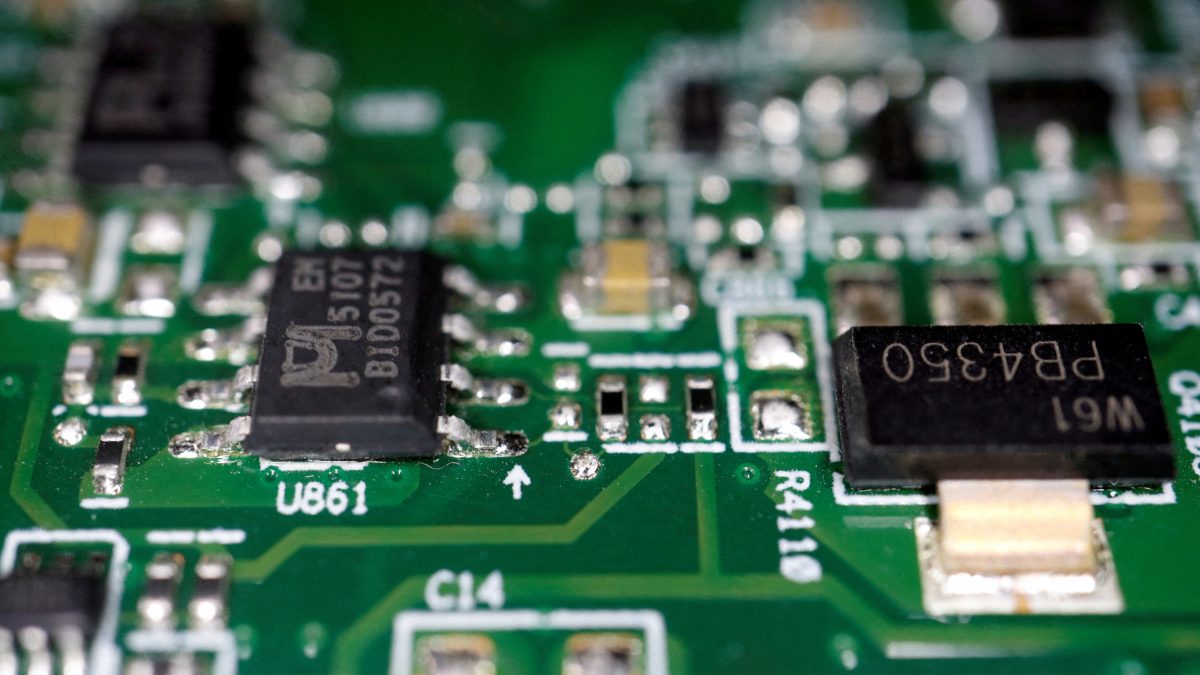As the world’s semiconductor powerhouse, Taiwan produces over half of all global chips and holds a near-total monopoly on the highest-quality semiconductors
Taiwan has rejected the idea of producing 50 percent of its semiconductors in the United States, according to the island’s top tariff negotiator, amid growing pressure from Washington for increased chip manufacturing on American soil.
Speaking in Taipei on Wednesday, Vice Premier Cheng Li-chiun responded to US Commerce Secretary Howard Lutnick’s suggestion of a 50-50 production split between Taiwan and the US.
“I want to clarify that this is the US’s idea. Our negotiation team has never made a 50-50 commitment to a chip split,” Cheng told reporters in Taipei, according to CBS19 News.
“Please be rest assured that we did not discuss this issue this time, and we will not agree to such a condition,” she said.
Taiwan’s tariff tussle and the future of the “silicon shield”
Taiwanese official Cheng recently returned from Washington, confirming that negotiations over new US tariffs on Taiwanese shipments “made some progress.”
This comes as Taiwan scrambles to finalise a tariff agreement with the US following President Donald Trump’s administration imposing a temporary 20% levy that has alarmed local manufacturers.
The tension is amplified by Taiwan’s booming technology exports. Soaring global demand for AI-related technology has fueled Taiwan’s trade surplus with the US, putting it directly “in Trump’s crosshairs.” Trump has also threatened to impose a “fairly substantial tariff” specifically on imported semiconductors. As the island’s cabinet noted, more than 70% of Taiwan’s exports to the US consist of information and communications technology, including these critical chips.
US wants to bring chipmaking home
In an attempt to avoid the tariffs, Taipei has made several commitments: increasing investment in the US, buying more American energy, and boosting its own defense spending to over 3% of GDP.
This delicate trade situation is tied to the concept of the “silicon shield,” as Taiwan produces more than half of the world’s semiconductors and nearly all of the high-end ones. This concentration of manufacturing has long been viewed as a deterrent against potential aggression from China, which claims Taiwan as its territory, and as a powerful incentive for the US to defend the island.
However, a US sentiment shift toward domestic production is evident. In a recent interview, Lutnick stated that moving 50% of Taiwan’s chip production to the United States would ensure, “we have the capacity to do what we need to do if we need to do it.”
Lutnick confirmed the ongoing pressure on Taipei, stating, “That has been the conversation we’ve had with Taiwan, that you have to understand that it’s vital for you to have us produce 50 percent.”
In closing, he made the US ambition perfectly clear: “Our goal is to get to 40 percent market share, and maybe 50 percent market share, of producing the chips and the wafers, you know the semiconductors we need for American consumption, that’s our objective.”
End of Article

)

